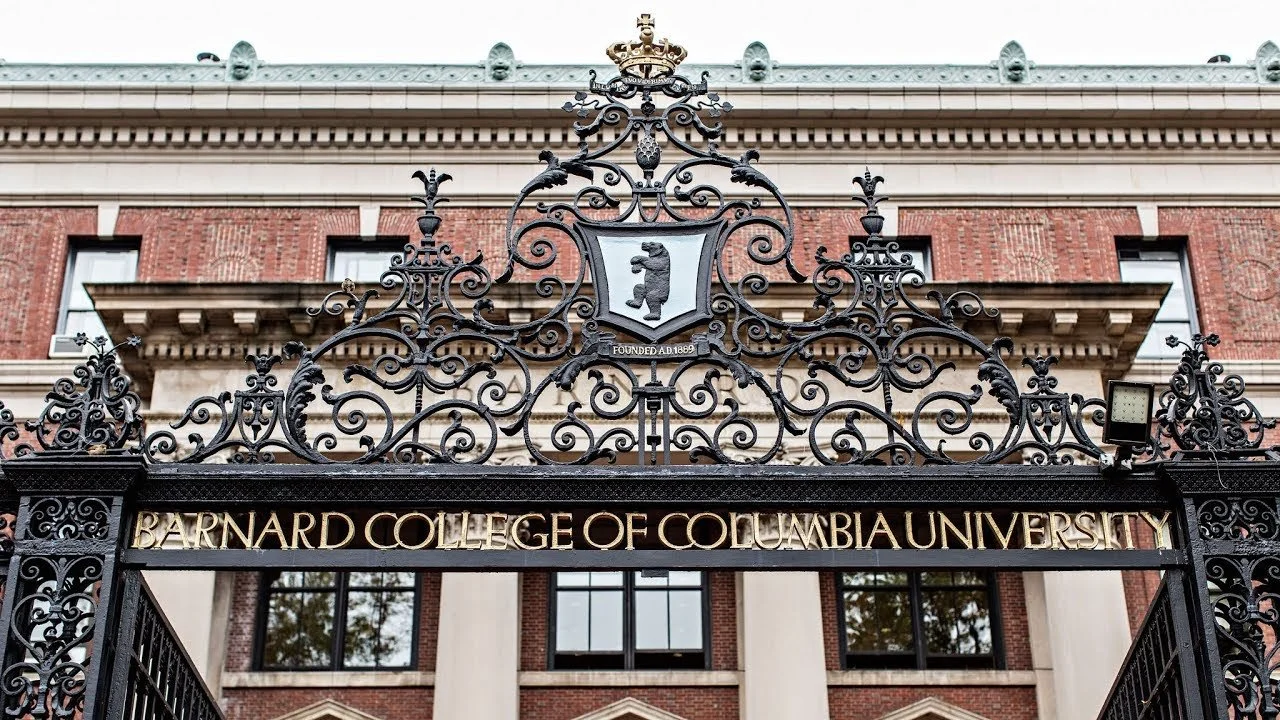Does Long-Term Support Hold the Key to More Diversity Among STEM Professors and Researchers?
/Anyone leaning on the old excuse that they can't find diverse candidates seeking to enter STEM fields might give HHMI a call. The first round of its Hanna H. Gray Fellows Program, funding promising postdocs from underrepresented demographics, received more than 700 applications.
Howard Hughes Medical Institute ultimately selected 15 early career researchers in the life sciences as fellows, with candidates qualifying if they are women, from economically disadvantaged backgrounds, or identify with an underrepresented group. Candidates were eligible based on gender, due to the low percentage of women serving as full professors. HHMI plans to fund at least three more rounds of the new fellowship.
The program is designed to back candidates in postdoc training, and into their careers as tenure-track faculty. What’s particularly impressive about the fellowship is the length of that commitment—up to eight years for a total of $1.4 million each, which is enough time to bridge a highly challenging and competitive phase in any researcher’s career from Ph.D. to a faculty position.
This period is especially tough for people from underrepresented backgrounds for several reasons, including implicit and systemic biases, less developed support networks, fewer mentors and role models with similar life experiences, and a confidence gap that can persist even despite high performance.
While this new fellowship certainly doesn’t address all of these challenges—fellows may still be working in less than inclusive environments—this funding can at least ease financial difficulties to help them soldier past obstacles. The program also offers mentoring help, pairing fellows with established scientists, some of whom are HHMI Investigators. The 20 runners up received $10,000 consolation prizes.
Given the small numbers of women and minority faculty in many academic departments, the thinking goes that boosting the ability of high-potential candidates on the way to career security can influence future generations. Students and young researchers from underrepresented groups frequently report a sense that they don’t belong in the room, looking around at mostly white and male leadership.
The Hanna H. Gray Fellows are just the latest program from HHMI that emphasizes diversity. Race and gender inequality in STEM fields has been a growing concern, heightened by the booming tech industry’s imbalances and high-profile cases of harassment in academia and industry. As both a funder of science research and education, HHMI has been active in this space, via programs like its Gilliam Fellowships and EXROP program.
While HHMI is pretty invested in its “people not projects” approach to funding, actually putting awardees on its payroll as they work at their respective universities, the institute has also started backing universities’ efforts to create more inclusive environments.
Efforts to overcome this problem in the United States have been sluggish, but it certainly seems as though some institutions are taking it more seriously, with government funding programs addressing diversity in STEM, and many private education funders getting involved.
It’s good to see a juggernaut like HHMI, under leadership of President Erin O’Shea since 2016, increasing its commitments. It’s a move more research funders would be wise to follow—not only to overcome persistent inequality, but also to build a stronger national science community with a deeper pool of top talent.
Related:







































